An average car has a capacity of 15 gallons, how much did it cost to fill up a tank a few decades ago?
Walkmans, arcades, and video rental stores—these are just a few of the things that have largely disappeared since the 1980s, now condensed into a single device, a symbol of one of the major technological changes of the 2010s. As technology and society have evolved, so too has the cost of living. In recent decades, the prices of essentials such as housing, food, transportation, and gasoline have experienced significant changes. If you’re curious about how these costs have evolved, let’s take a look at the price of filling up a tank in the 80s, 90s, 00s, and today.
In 1980, the national average price of gasoline per gallon was $1.19. The week of August 19, 2024, the average price of gasoline was $3.38 per gallon. Despite the noticeable increase, various factors determine the true value of filling up a tank in the 1980s, so $1.19 in 1980 would be approximately equivalent to $4.54 in today’s terms. However, this does not mean that filling up the tank is cheap today.
David Poulnot, Vice President of Multivertical Sales at Upside, states that gasoline prices are rising due to factors such as supply chain issues and global conflicts. So, what are the differences between current prices and those from the past? GoBankingRates has published an article showing the main differences.
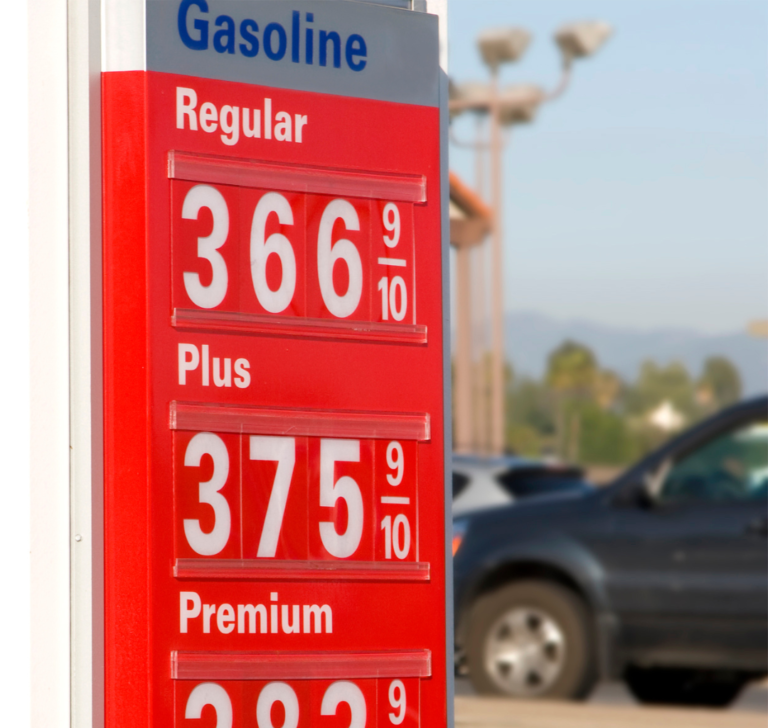
Current gasoline prices vs. prices in past decades
The average car has a capacity of between 12 and 15 gallons. Assuming your tank is 15 gallons and empty, these are the approximate costs to fill it currently:
- Regular gasoline: $50.81
- Mid-grade gasoline: $57.80
- Premium gasoline: $63.05
- Diesel: $55.92
And how much did it cost in the past? The data collected mainly comes from the U.S. Energy Information Administration (EIA) as well as TitleMax. The EIA has published data on fuel costs from the early 1990s to today, including gasoline prices for all types of fuel. Here’s the list by decade:
- 2020 — $2.25 per gallon
- 2010 — $2.83 per gallon
- 2000 — $1.52 per gallon
- 1990 — $1.16 per gallon
- 1980 — $1.19 per gallon
Regarding the cost to fill up a full tank, assuming a typical vehicle capacity of 15 gallons, the prices look like this:
- 2020 — $33.87 per tank
- 2010 — $42.53 per tank
- 2000 — $22.85 per tank
- 1990 — $17.37 per tank
- 1980 — $17.85 per tank
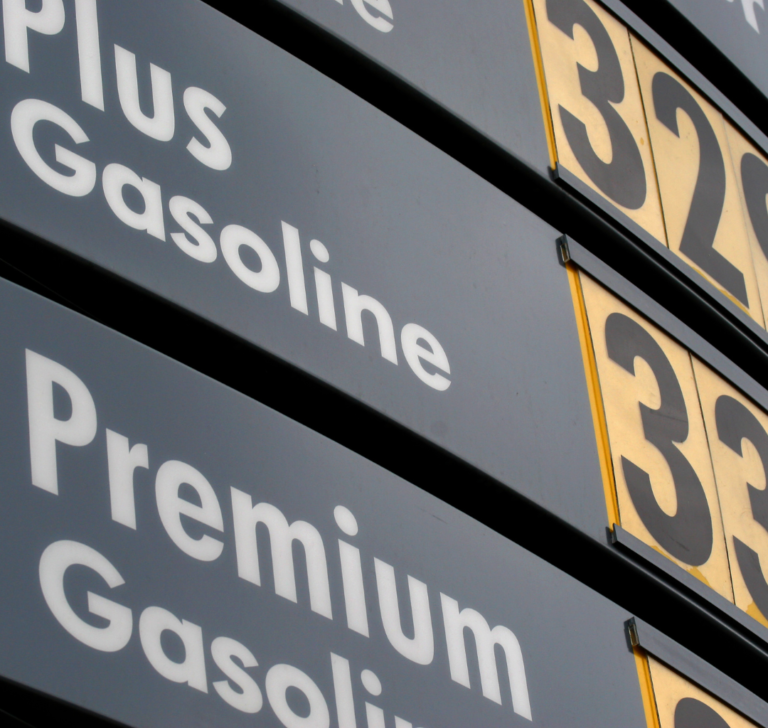
The price per gallon in the 1990s would be approximately $2.29 in today’s terms. On the other hand, in 2008, one of the highest prices per gallon was recorded at $3.27, which is equivalent to about $4.40 today due to the onset of the recession. In 1929, the price was just $0.29 per gallon, a figure that seems very low today but is equivalent to about $3.59 in current dollars. These comparisons show that gasoline prices are intrinsically linked to the economy; what seems low or high depends on the economic context and wages of the time. So, do we have low prices today?
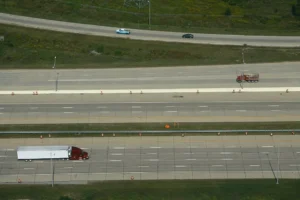
Truck drivers rank the states with the worst roads in the U.S.
According to truck drivers’ opinions in a survey by Overdrive, these are the states with the worst roads in the United States. The digital platform

Amazon tests new augmented reality technology for its delivery drivers
The multinational company Amazon Inc. continues to advance in the technology race, introducing new equipment aimed at improving its operations. The multinational company Amazon Inc.

10 Songs About Life on the Road Every Truck Driver Should Have in Their Playlist
Songs about life on the road are more than background music for truck drivers—they are fuel for long hauls, emotional support during late-night drives, and anthems of freedom and resilience
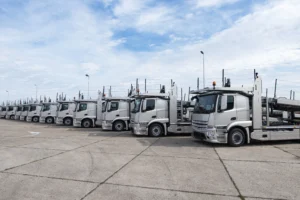
Details emerge on 25% tariffs affecting heavy-duty truck
The tariffs scheduled to take effect on November 1, recently had several aspects of their implementation clarified. The Trump administration announced a few weeks ago
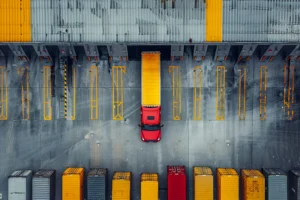
Expansion project in Florida will add 100 truck parking spaces
Florida Governor Ron DeSantis has announced new infrastructure projects that will take place in the central part of the state. An expansion project in Florida
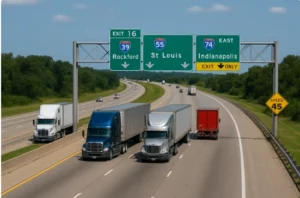
Why ATA Wants Stricter CDL Requirements for Truck Drivers
Why ATA Is Calling for Stricter CDL Requirements: A Push for Safer, More Qualified Drivers
